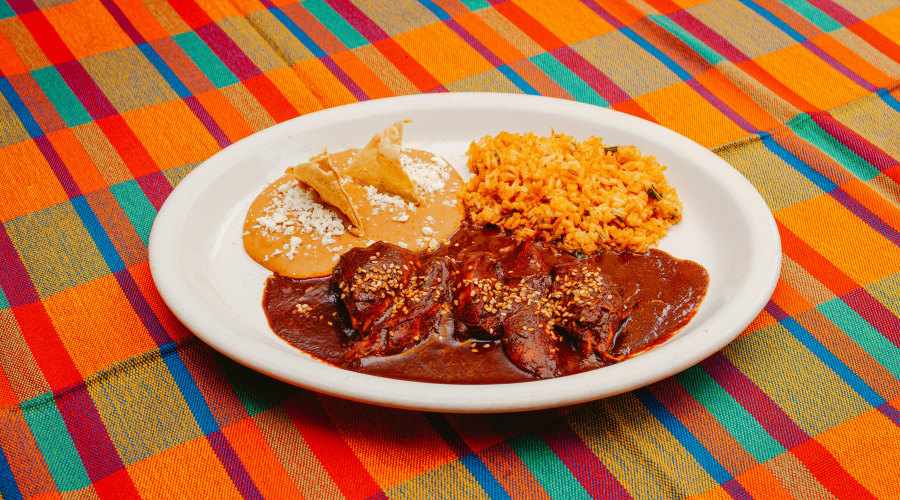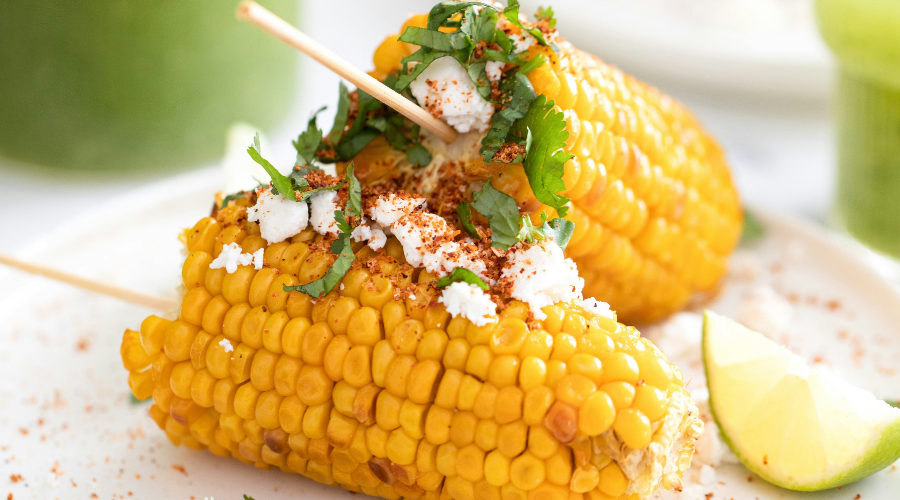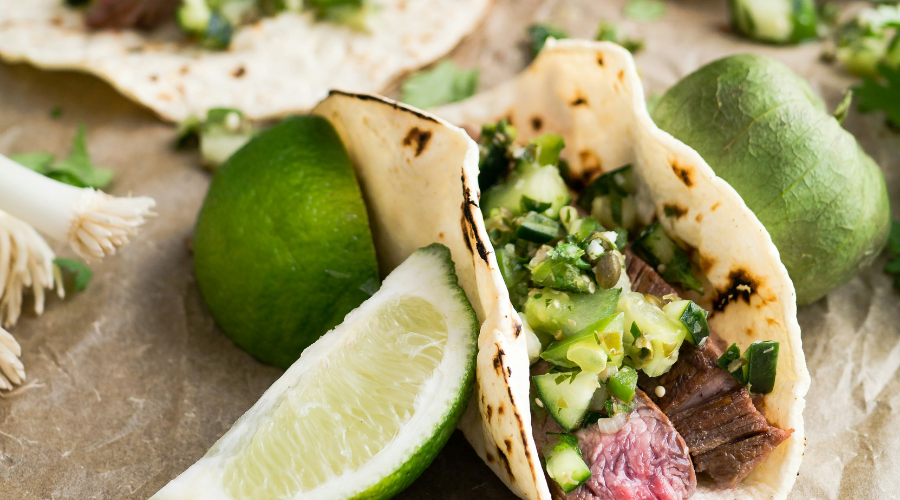It all starts with a name. My name. Having one like “Raul”, I can easily get away with calling myself “Rahul” here in India, while reverting to the original pronunciation (minus the “h” sound) as I travel to Spanish-speaking places. Just like I did when I travelled through Mexico a few years ago. To use the much-bandied about Thai phrase, it’s all about being “same-same, but different!”
Over those two weeks of my culinary quest through the central American nation, I came to the delicious realisation that one can easily employ this same analogy to describe the affinity of Indian and Mexican food as well…
Spice Siblings
As an Indian food writer, I’ve spent much of my two-decades-long culinary oeuvre tracing the arc of spice. From the earthy hit of roasted cumin in my mother’s Goan style jeerem-meerem (cumin-black pepper) fish curry to the fiery green chillies that brighten up almost every dish in our Mumbai kitchen. But nothing quite prepared me for how familiar Mexico would feel. Not just the warmth of its people or the vibrancy of its streets, but the unmistakable kinship between its cuisine and mine.
Truth be told, I landed in Mexico City with a notebook in hand and an eager appetite, hoping to discover something new. Instead, I found something profoundly comforting: a culinary cousin who spoke in a different dialect of flavour, yet shared the same roots.
It began with the tortilla. On my first morning, still jet-lagged, I wandered into a small taco shop called a taquería and watched an old abuela (grandmother) press the clay-like corn dough called masa into delicate rounds before tossing them on a hot griddle called a comal. The sound of tortillas puffing was like music—familiar, like the puff of phulkas on a tawa. I couldn’t help but smile. These were Mexico’s rotis! Both are unleavened, both central to the meal, both lovingly handmade, often by women with stories etched into their hands. I bit into a taco al pastor, and while the seasoning was different (pineapple-sweet, chilli-hot), it was the wrapping in a soft, warm flatbread that stirred memories of home.

Also Read: Spiced with Pride: Ritu Dalmia’s Bold Taste Of Home
Bean There?
Later that week, I sat in a modest cantina in Oaxaca, tucking into a dish of refried beans. The first bite transported me to a winter’s day in Jaipur, eating my grandmother’s cook Kesari’s rajma-chawal. There was that same loving comfort, that creamy richness of slow-cooked beans. Though Mexicans use pinto or black beans and we favour kidney beans, the idea is strikingly similar: legumes stewed to tenderness, then spiced (sometimes subtly, sometimes boldly) and served with rice or flatbread. It’s a testament to how, despite oceans and continents, our kitchens often echo the same rhythms.
As I moved through Puebla and into Chiapas, the parallels continued. Chiles en nogada, with its bold use of spices, nuts, and fruit, reminded me of the Maharashtrian peanut paste- and grated coconut-stuffed Bhavnagri chillies side dish called bharli mirchi. Both are rich, celebratory dishes that balance sweet, savoury, and spice in a way that reflects their respective regions’ opulence and history.
Then there was mole. Dark and complex, made with layers upon layers of spice, chocolate, dried chillies, and ground seeds. Tasting mole negro for the first time, I thought of our own masalas, especially in gravy dishes like nihari or a chicken xacuti from Goa, where dozens of spices are roasted, ground, and layered until the flavours are deep enough to get lost in. I soon learned that mole isn’t just a sauce, it’s a narrative of an ode to food. And so are our desi curries.
Steamed to Perfection
One afternoon, in a small town near San Cristóbal de las Casas, I was invited into a family kitchen. They were preparing tamales, which are masa stuffed with chillies, shredded chicken, wrapped in banana leaves, and steamed. Just before serving, it’s doused in a cilantro (as fresh dhaniya or coriander is called in Mexico)-saturated salsa verde that was almost a dead ringer for our hari chutney!
Eating that tamale, I immediately thought of our Indian patra or even idlis—dishes made with fermented or steamed batters, often wrapped in leaves for flavour. It’s the same idea: humble ingredients, transformed through time and technique into something transcendent.
Even the way food is experienced in Mexico reminded me of home. Meals aren’t rushed. There’s reverence to eating. Whether it’s street food eaten standing or a slow, family-style dinner. There’s spice, yes, but more than that, there’s soul. In both India and Mexico, food is not just sustenance. It is identity, memory, love, resistance, and joy.

Also Read: Best Bars In Tokyo: An Insider’s Spirited Guide To The City’s Drinking Culture
Street Smart
Having grown up devouring every kind of street food on offer in a city like Mumbai, the strongest sense of kinship came from the street food culture of Mexico. As I strolled through markets in Guadalajara, I was engulfed by the heady scent of chillies, corn, and fried masa. It was not unlike walking through the gullies of Old Delhi, where vendors shout over the sizzle of oil, frying pakoras and samosas. Mexican esquites—corn on the cob, jazzed up with lime, chilli powder, and a shower of powdery cotija cheese—reminded me of our bhutta, grilled and smeared with lime and chaat masala. The spices may differ, but the spirit is the same: bold, tangy, portable joy.
Of course, there were differences too. Mexican food, especially in the south, leans on chocolate and dried chillies in ways we don’t. Indian food, on the other hand, embraces fermentation and dairy more extensively. But the foundation of grains, legumes, vegetables, heat, and yes…heart is shared.
I left Mexico with more than just a journal full of recipes and a suitcase that smelled faintly of dried ancho chilies. I carried with me a sense of connection, a reaffirmation that food is our oldest, most intuitive language. One that requires little to no translation.






















